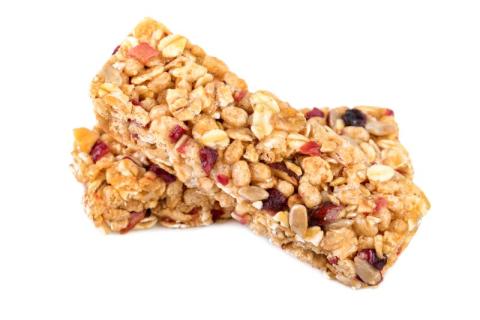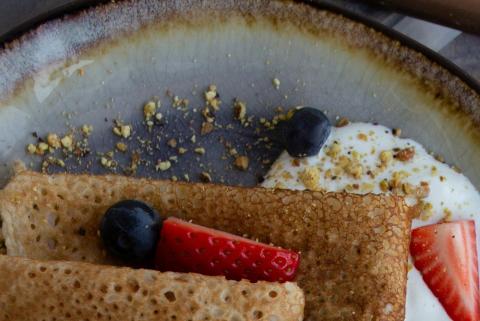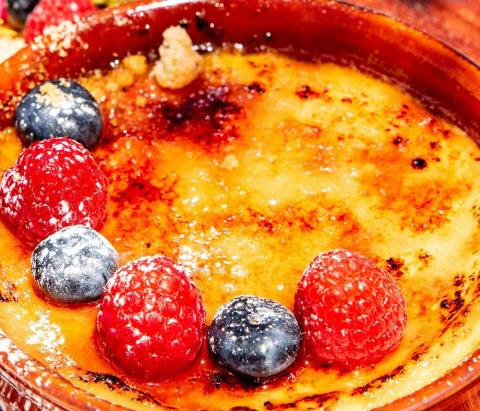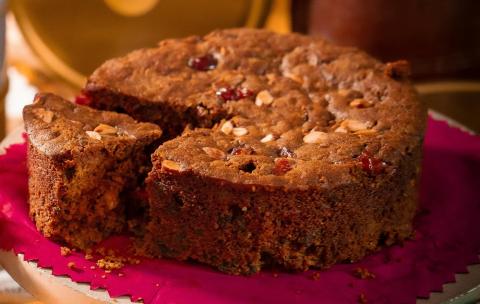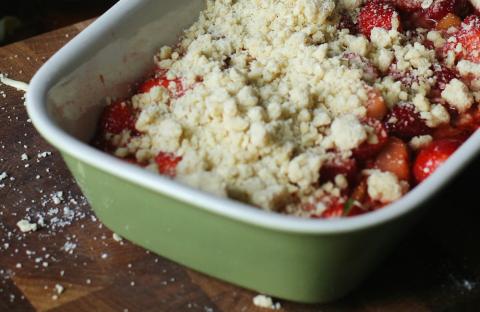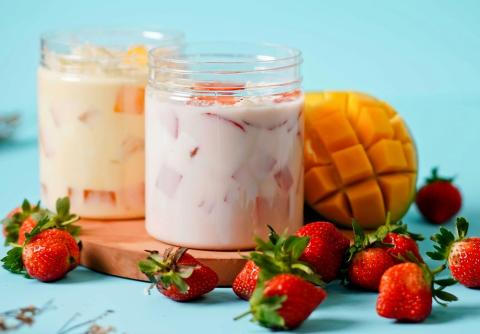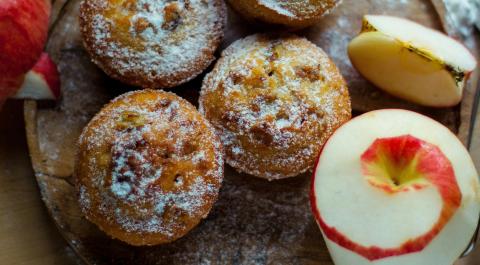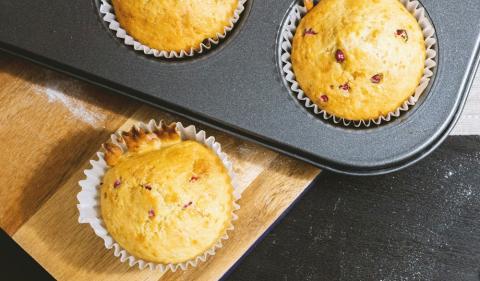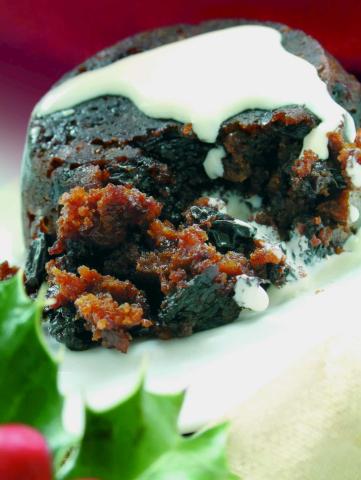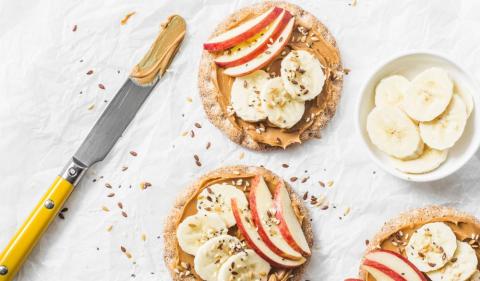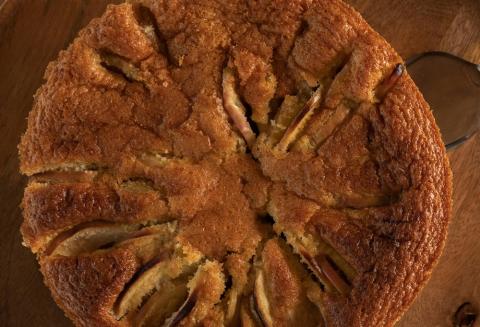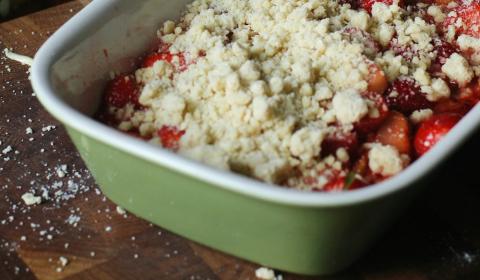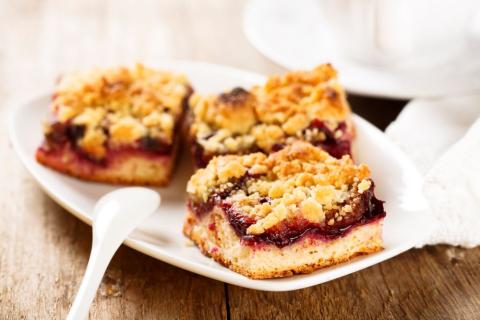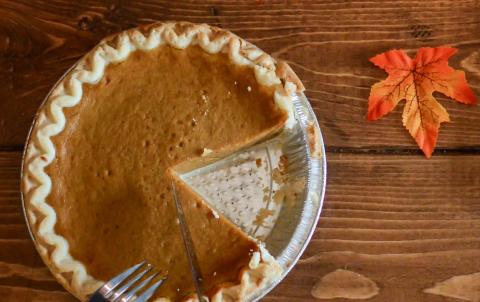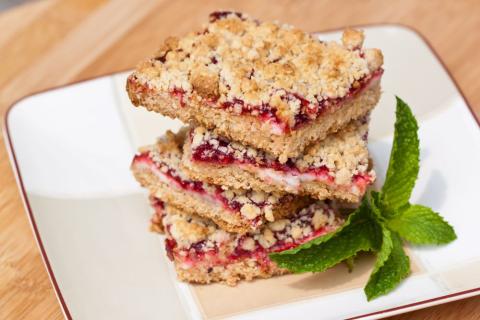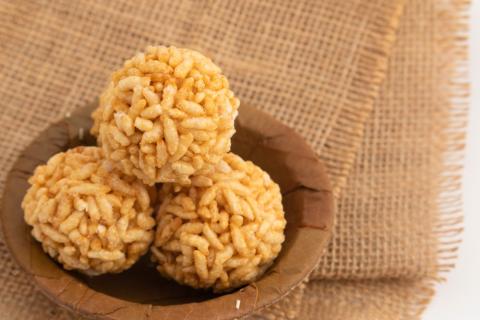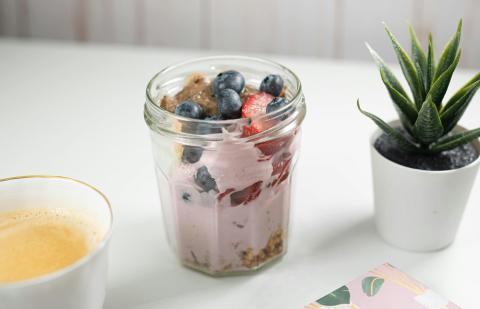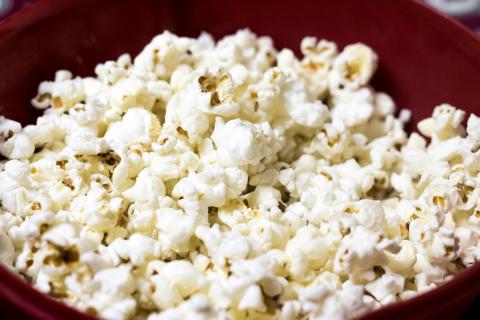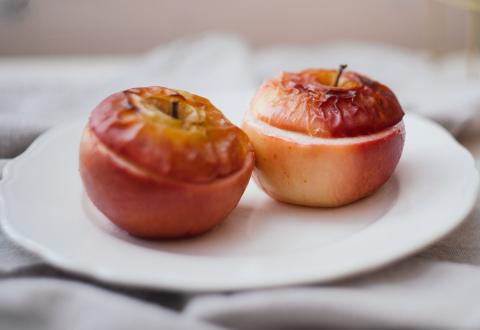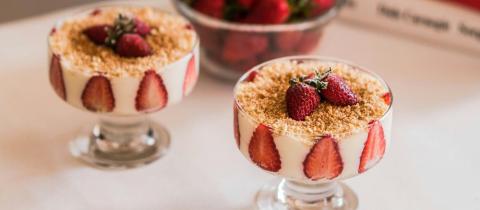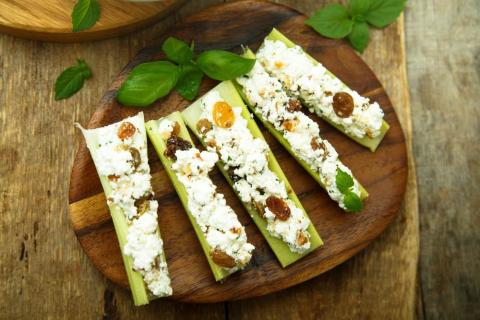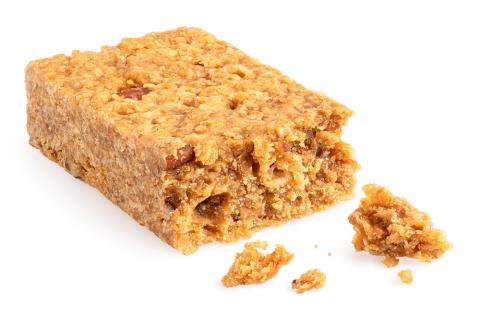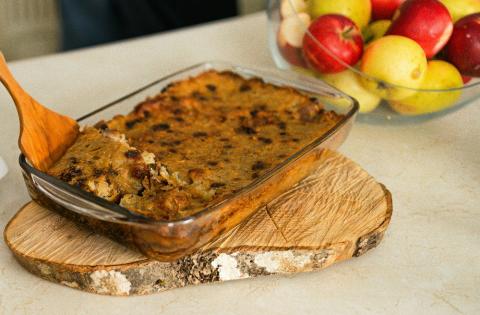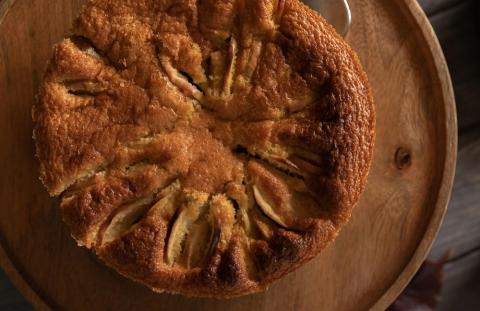- 1 Tin (410g) Pears In Juice
- 1 Tin (410g) Peaches In Juice
- 4 Level Tablespoons (80g) Plain Flour
- 5 Tablespoons (75g) Porridge Oats
- 5 Tablespoons (75g) Low Fat Spread
- 1 Tablespoon (20g) Sugar
- 2 Pots (200g) Low Fat Plain Yoghurt
Ingredients
Allergy Disclaimer
Always check the label of each ingredient for allergy warnings.
Method
- Preheat the oven to 180°C / 160°C fan oven / 360°F / gas mark 4.
- Mix flour and oats in a bowl then rub low fat spread into the mixture. When it looks similar to breadcumbs stir in the sugar.
- Drain juice from the fruit and place into the bottom of an overproof dish with no more than two layers of fruit.
- Pour crumble mixture over the fruit and level it out with a spoon. Don't press down too much on the crumble.
- Bake in the oven for approximately 25 minutes. Serve with yoghurt.
Time Saver Tips
You can make the crumble mixture in advance and store in the fridge.
Tips for Kids
Kids will enjoy making the crumble. You could also try this recipe with their favourite tinned fruit, like apple or summer berries. You could also try using wholemeal flour or adding some ground ginger to the crumble mixture for a different taste. Or why not try serving with custard?
Nutritional Information
Based on a single serving of 219g (% of an adult's reference intake)
Energy
297 kcals ( 15 %)
1,255 kJ ( 15 %)
Fat
2.3 g ( 12 %)
Saturates
49.9 g ( %)
Sugar
20.3 g ( 23 %)
Salt
0.4 g ( 5 %)
Detailed nutritional information
| Per 100g | Per 219g serving | |
|---|---|---|
| Energy Kcals | 136 | 297 |
| Energy Kj | 573 | 1,255 |
| Protein | 3.1 g | 6.8 g |
| Total Fat | g | g |
| Saturated Fat | 1 g | 2.3 g |
| Carbohydrates | 22.8 g | 49.9 g |
| Total Sugars | 9.3 g | 20.3 g |
| NSP Fibre | 1 g | 2.3 g |
| Sodium | 60 mg | 132 mg |
| Salt | 0.2 g | 0.4 g |
Find out about nutritional labelling
Nutrition labels on the front of packaging
- Most of the big supermarkets and many food manufacturers display nutritional information on the front of pre-packed food.
- Front of pack nutrition labels provide information on the number of grams of fat, saturated fat, sugars and salt and the amount of energy (in kJ and kcal) in a serving or portion of a recipe.
- The labels also include information about reference intakes (expressed as a percentage) which are guidelines about the approximate amount of particular nutrients and energy required for a healthy diet.
- The colour coding tells you at a glance if the food has high (red), medium (amber) or low (green) amounts of fat, saturated fat, sugars and salt.
- The more greens on the label, the healthier the choice
- Amber means neither high nor low, so you can eat foods with all or mostly ambers on the label most of the time.
- Reds on the label means the food is high in that nutrient and these are the foods we should cut down on. Try to eat these foods less often and in small amounts.
Food shopping tips
If you’re trying to decide which product to choose, check to see if there's a nutrition label on the front of the pack. This will help you to quickly assess how your choices stack up. You will often find a mixture of red, amber and green colour coding for the nutrients. So when you're choosing between similar products, try to go for more greens and ambers and fewer reds if you want to make a healthier choice.
 Activities & Play
Activities & Play Behaviour
Behaviour Childcare
Childcare Development & Growing Up
Development & Growing Up Family, Friends & Relationships
Family, Friends & Relationships Feeding Your Baby
Feeding Your Baby Food & Eating
Food & Eating Health & Safety
Health & Safety Mental Health & Wellbeing
Mental Health & Wellbeing Money & Work
Money & Work Online Behaviour & Safety
Online Behaviour & Safety Pregnancy & First Days
Pregnancy & First Days School & Education
School & Education Sleep
Sleep



